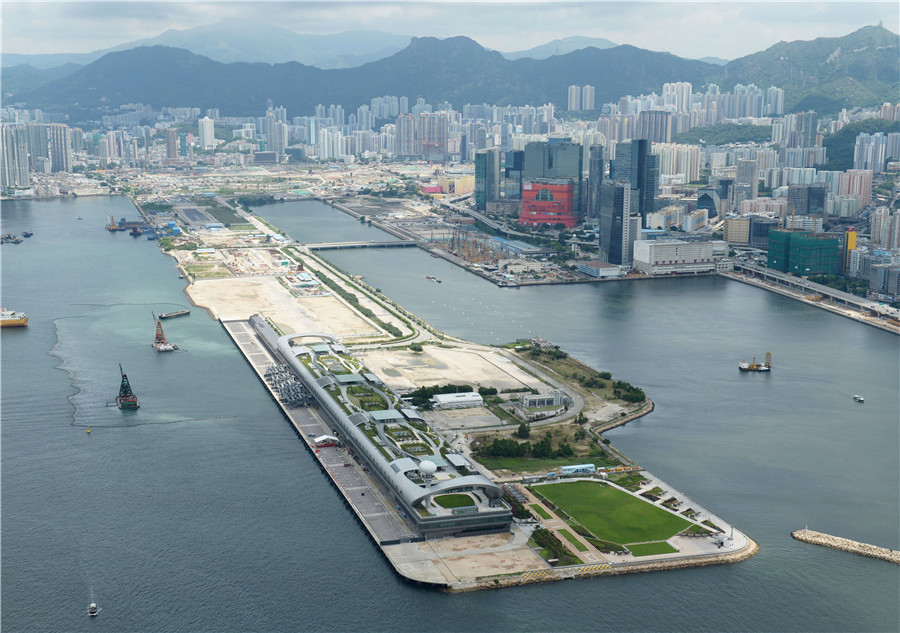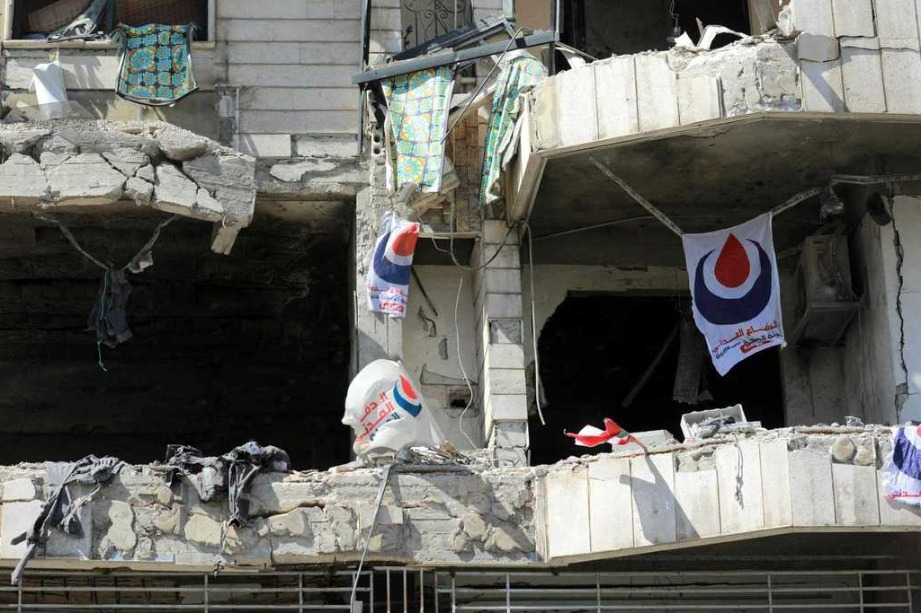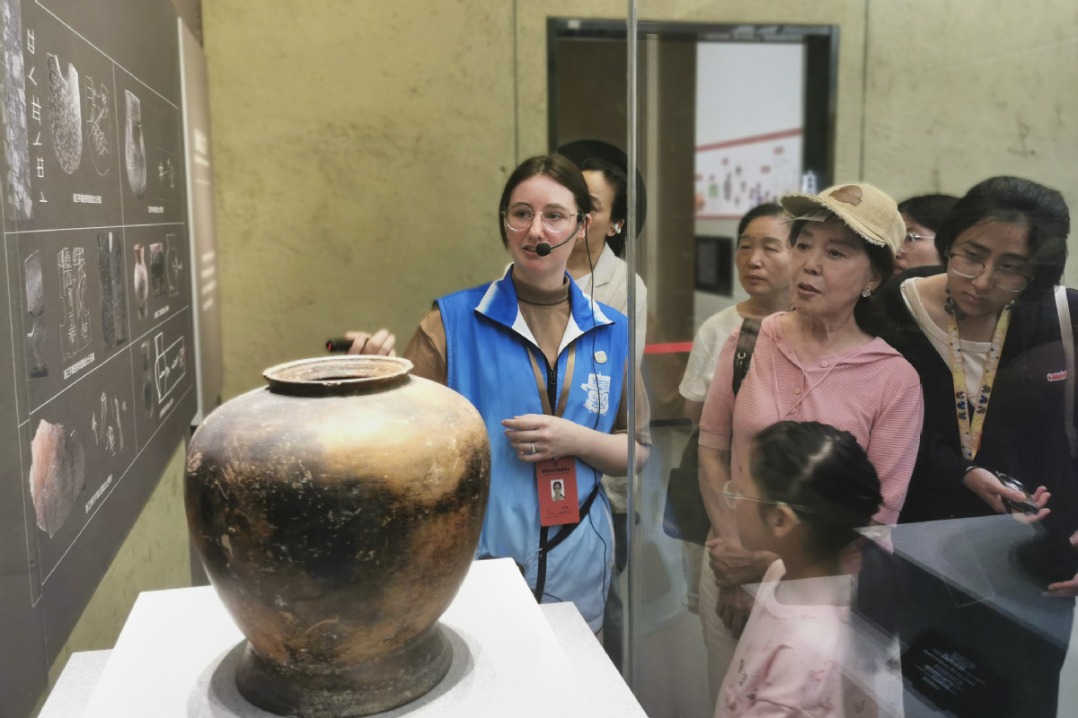Development blueprint sees the old Kai Tak site welcome new arrivals
By Willa Wu in Hong Kong | China Daily | Updated: 2018-09-11 08:52

After it closed in 1998, Kai Tak International Airport remained unoccupied until late 2007, when the Hong Kong government approved a blueprint for a huge and highly complex development project on the site.
The Kai Tak Outline Zoning Plan, one of 10 mega-infrastructure projects announced by the government, aims to transform the old airport and neighbouring areas into a green "heritage, sports and tourism hub".
Once completed, the area will provide a "quality living and working environment for around 90,000 residents and 80,000 personnel and professionals", according to the blueprint.
Public rental housing, schools, hospitals, parks, subway stations and cruise terminals are all covered in the project.
Despite the overall project still being a work in progress, the Kai Tak Cruise Terminal and the first phase of the Runway Park are two areas that have been completed.
Located at the end of the former airport runway, the Kai Tak Cruise Terminal is the city's second. It continues the old airport's role as a transportation hub for the city, and helps to advance the cruise tourism business.
The two berths operating at the terminal can accommodate cruise ships of up to 220,000 metric tons.
Government data show that from 2013 to 2016, the number of ships calling in at Hong Kong increased by 115 percent, while cruise passenger throughput surged by 254 percent.
The Runway Park nestles at the tip of the old runway, next to the cruise terminal. Covering 2.82 hectares, the park features a 270-meter-long waterfront promenade and a grassed area that is the size of 20 basketball courts. It is open to the public 24 hours a day.
The park has become a popular location for many people, as elements of the old airport have been incorporated in its design.
The runway at Kai Tak was known as "Runway 13/31", and these two numbers appear on the ground inside the park.
The park has also retained the yellow-and-black checked pattern printed at the tip of the taxiway, which served as a visual reference point for pilots during landings.
























